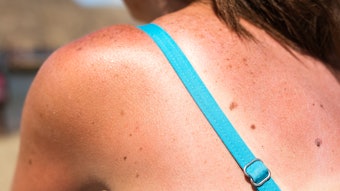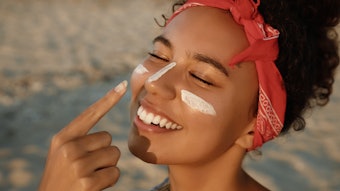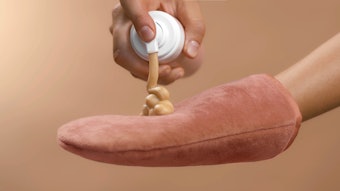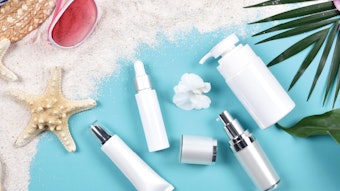
John Bailey, chief scientist of the Personal Care Products Council, has released a statement in response to the 2010 Environmental Working Group (EWG) Sunscreen Report.
Bailey finds the report unscientific and unsubstantiated, noting that the American Academy of Dermatology, the Skin Cancer Foundation, the Center for Disease Control, the U.S. Food and Drug Administration (FDA), physicians and other health care professionals have all emphasized the safety of sunscreen use. Bailey is concerned that the group's report will needlessly cause consumers to avoid using sunscreens, when that use is critical to prevent skin damage and skin cancer.
“Sunscreens in the United States are regulated as OTC drugs by the FDA and must undergo pre-market approval that involves rigorous scientific assessment including safety and efficacy substantiation according to FDA standards," noted Bailey. He furthered, “The FDA testing and regulatory process for sunscreen products is the most rigorous in the world."
According to Bailey, EWG did not use the established scientific and regulatory safety assessment process for sunscreen products and ingredients. The following topics are those proposed and questioned in the report.
Vitamin A: In its report, EWG questioned the safety of vitamin A in sunscreens, referencing the National Toxicology Program's (NTP) announcement in 2000 that it would study the potential of retinyl palmitate to enhance UV radiation-induced photocarcinogenisity. Bailey noted that the study is ongoing (scheduled for late 2010 or early 2011) but is not designed to study retinyl palmitate in the presence or absence of sunscreen formulations. He notes that retinyl palmitate has been reviewed by the Cosmetic Ingredient Review (CIR) expert panel and found to be safe in cosmetics.
Skin cancer: EWG questions the ability of sunscreen to fight skin cancer based on increased skin cancer rates. Bailey maintains that skin cancer rates are the result of excessive unprotected sun exposure from several decades prior and on our ability to better track, monitor and report occurrence of the disease.
Oxybenzone: In response to the safety of oxybenzone, Bailey notes, "When used as a sunscreen ingredient, oxybenzone, also known as benzophenone-3, protects the skin from harmful UV rays. Oxybenzone is also used to protect cosmetics and personal care products from degradation by absorbing UV rays." Benzophenone-3 is approved in the United States, Canada and the EU as a safe and effective OTC sunscreen ingredient. In addition, it has been found safe for use as a photostabilizer by the CIR. Finally, Bailey added that there has been no available scientific data supporting a link between UV filter exposure to endocrine-disruptive effects in humans.
Nanotechnology: Nanoparticles have been found to pose no risk to human health, according to Bailey. In addition, when used to protect against UV damage, nanoparticles are required to go through an extensive FDA pre-market review process to prove they are safe and effective.
FDA sunscreen monograph: Finally, Bailey added that the FDA is not intentionally delaying the release of the final sunscreen regulations. He noted that establishing sunscreen safety standards is a long and vigorous process, and that the FDA is considering a number of viewpoints before establishing final guidelines.










